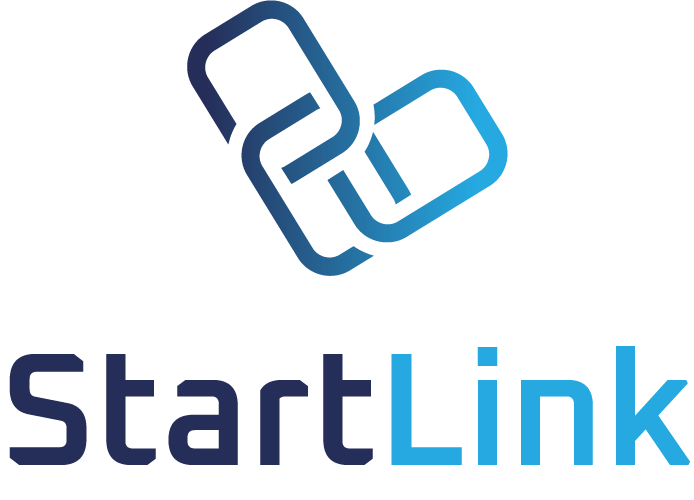Australia’s Future Employment
Choose one of the following questions to address: 1. How can recent and future changes in the labour market help prepare young people for job opportunities? 2. What can we learn from case studies of regional labour markets? For example, what does rapid change in the industries or occupations within a region tell us about the needs of employers/workers in other regional labour markets
Go to Challenge | 38 teams have entered this challenge.


